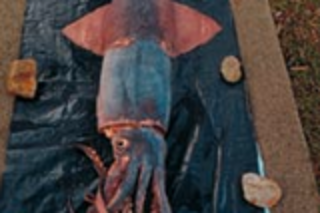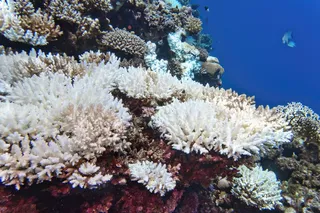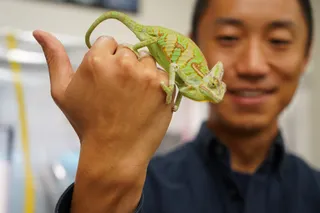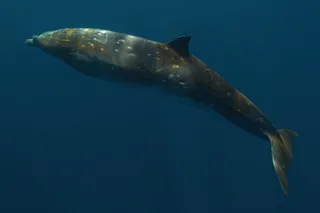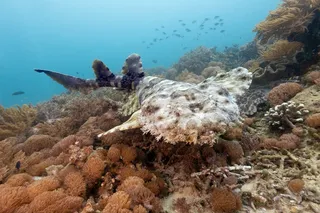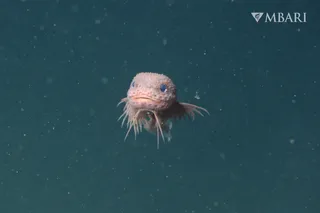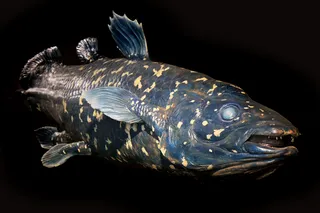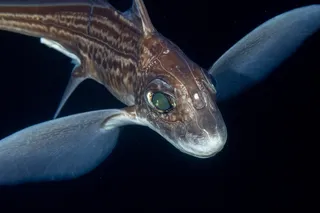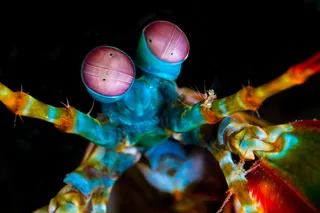Late in the afternoon, William F. Gilly, a professor of biology at Stanford University, lugs his equipment across the dirt-topped wharf. A stubble of beard pushes through the sunburn on his cheeks. He is a happy man. Why shouldn't he be? Free of the introspection of the laboratory, he's off to tag the wild Humboldt squid on the Sea of Cortés.
After packing his truck at Stanford's Hopkins Marine Station, in Pacific Grove,California, Gilly drove 900 miles without sleeping to Santa Rosalía, in Baja California, Mexico. Down the long peninsula, where the cacti troop to the indigo sea, past the lava fields and boulders and "pale, burned mountains" that fascinated John Steinbeck. In 1940 the novelist sailed with a marine biology expedition to the Sea of Cortés, or the Gulf of California. It is October 2001, and Gilly is leading a team of seven researchers on an expedition there. He ...


